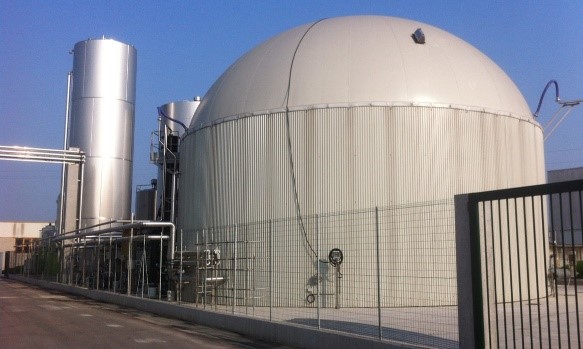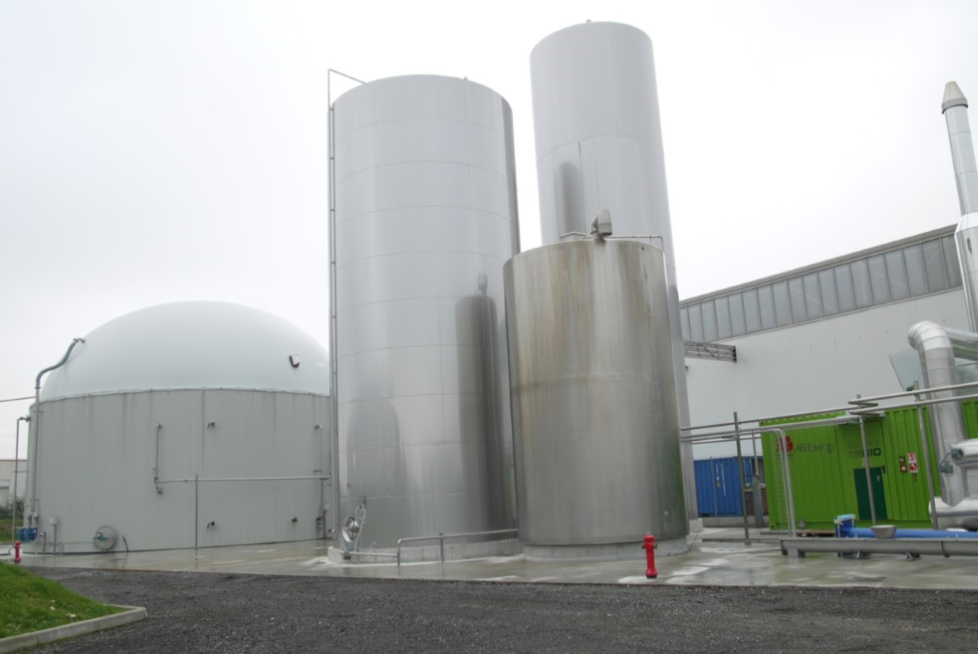Description
Latterie & Caseificio Moro S.r.l is a dairy and cheese factory in the northeast of Italy. The factory was established in 1978 for the production of award-winning Italian cheeses. In the mid nineties, the factory was renovated to increase production. Today, the company produces milk and a wide variety of local cheeses, especially ricotta cheese, with widespread distribution throughout central and northern Italy. Besides the production of high-quality cheese, the factory also developed a successful biogas solution.
Biogas is a sustainable gas generated using different biodegradable materials and waste, through a fermentation process called anaerobic digestion. In order to inject biogas into the natural gas grid or use it as a transport fuel, carbon dioxide is then removed. This upgraded gas is called biomethane.
The service began in 2013. The volume of the digester equals 1,240 m³. The energy generation amounts to 500 kWh, with a methane production of of 295 Nmc per hour, an electric energy production of 7,200 kWh per day, and a thermal energy production of 7,320 kWh per day.
Added value
Because biogas plants use biodegradable wastes as feedstock for anaerobic digestion, the company has become more cost-efficient while meeting national and European waste recycling regulations.
Moreover, anaerobic digestion produces not only biogas, but also digestate. This consists of leftover indigestible material and dead microorganisms, which are excellent sources of organic fertiliser and are a substitute for additional mineral fertilisers, reducing greenhouse gas emissions. Biogas versatility allows for a great range of new applications, such as high-tech process energy, effective small-scale power generation, flexible energy production, and more. As such, it is a great circular economy example.
Challenges
- The ‘scotta-whey’, a by-product coming from cheesemaking, was initially used as pig feed. However, the suffering pork market and decreasing number of piggeries required a disposal solution for excessive amounts of scotta-whey produced by the factory. Even with a wastewater treatment plant, Moro dairy farm lacked a cost-effective disposal method, an issue due to the high costs and strict environmental regulations involved.
- Water treatment solution provider Fluence faced the challenge of providing a solution that did not interfere with the operation of the anaerobic plant already operating at the factory. Fluence refurbished the wastewater treatment plant in order to treat both the dairy wastewater and scotta-whey after anaerobic fermentation, without interrupting the plant’s operation.

